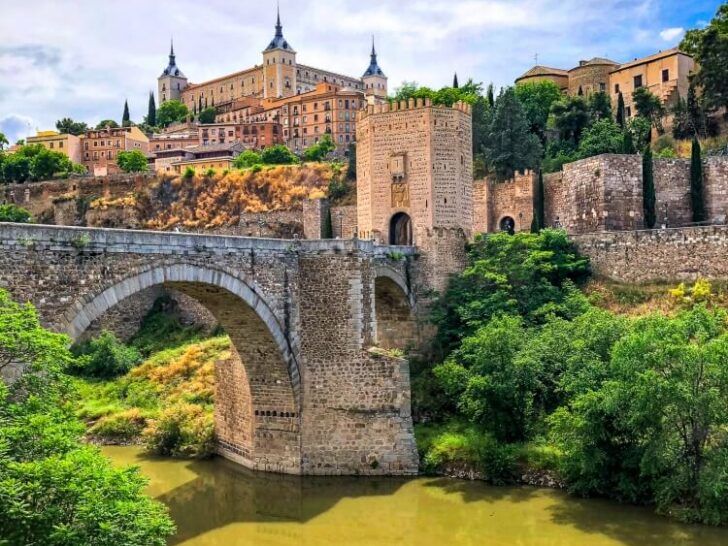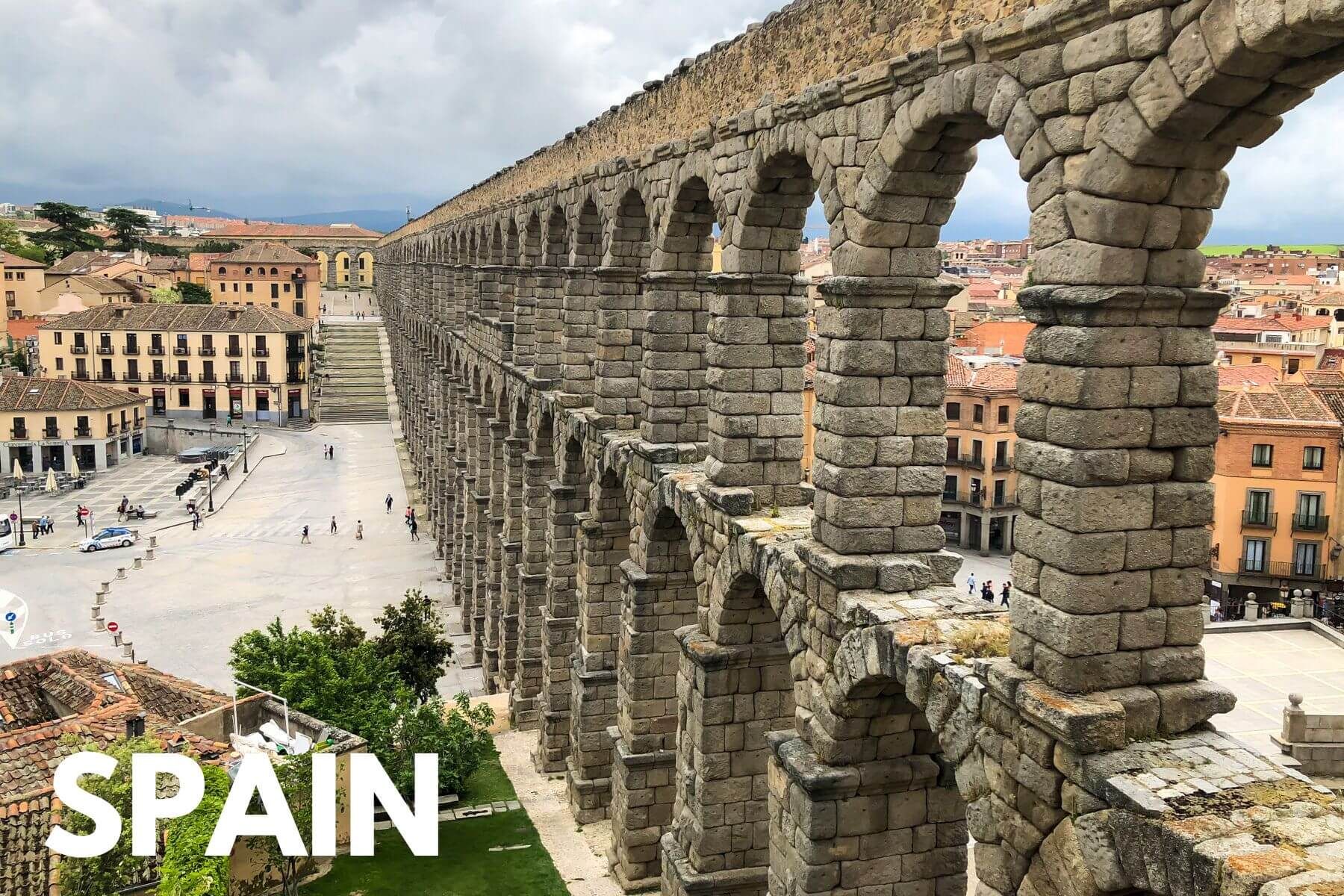Bienvenido a Spain! Famous for tapas, flamenco, sunshine, beaches, artists, architecture, soccer and siestas; Spain is one of the most popular travel destinations in Europe. Mark grew up in the UK and took a lot of holidays in Spain. But we’ve also traveled extensively around Barcelona, Madrid and our favorite part of the country, Andalusia.
We love the climate, the relaxed pace of life and the rich history in Spain. We’re happy to relax on a Mediterranean beach and party in Ibiza, as long as there’s more to do. And that’s exactly what you get with the diverse culture in Cordoba, Granada, Ronda and Seville. Just be careful you don’t get too accustomed to taking siestas!
- Capital City: Madrid
- Population: About 47 million
- Language: Spanish
- Currency: Euro
- Time Zone: Central European Time (UTC +1) and Central European Summer Time (UTC +2)
Top Places To Visit In Spain
Barcelona – Despite not being the capital, Barcelona is the most visited city in Spain. We love the contrast of going straight from the beach into the Gothic Quarter for dinner and drinks. It’s a fantastic city with great food, lots of Gaudi, the Nou Camp and Montserrat an easy day trip away.
Cordoba – Best known for its famous mosque Le Mezquita, Cordoba is a diverse, picturesque and vibrant Andalusian city that shouldn’t be missed. We loved walking around the narrow maze-like streets in its world heritage site old town, and we found some amazing places to eat.
Granada – Home to the second most visited tourist attraction in Spain called The Alhambra, Granada is a stunning place to visit in the foothills of the Sierra Nevada mountains in the south of the country. You can see Flamenco dancing, eat great food and walk through the lovely town.
Ibiza – If you’re looking for a place to let loose for a few days when you visit Spain, you need to book a trip to Ibiza. Mark’s did it twice back in his twenties and had a blast. It is also a family beach destination for Europeans, but most people are there to party in style.
Madrid – What a fantastic capital city. It doesn’t get the credit it deserves in our opinion. Madrid has lovely architecture, museums, plazas and parks. What we love most is how easy it is to take short day trips to old nearby strongholds like Toledo and Segovia. Don’t miss Madrid from your Spain itinerary.
Majorca – Now this is a classic European family holiday destination. Majorca is overflowing with resort style hotels with pools which are always packed full in the summer months. But it also has lots of history and culture to unearth if you can tear yourself away from your sun lounger.
Ronda – Perched dramatically on the edges of a deep gorge, Ronda is a small and easy to visit Andalusian city near Malaga and the popular beach town of Marbella. It’s home to a famous bullring, lovely plazas and a gigantic stone bridge crossing between the gorge.
Seville – The largest city in Andalusia is filled with delicious tapas, flamenco, stunning architecture and historic charm. We loved the food in Seville, it’s one of our standout memories. It’s a lovely place to relax, walk around, grab a churro and take it all in.
Travel Guides
We have lots of free guides on the way for the most popular travel destinations in Spain, but in the meantime here’s what we’ve written so far to get you started:

Weekend In Barcelona: Perfect Itinerary For 2 Days

One Day Cordoba, Spain Itinerary: An Action Packed Day Trip

Day Trip to Toledo: Plan An Amazing One Day Visit From Madrid
Most Popular Tours In Spain
How Many Days Do You Need In Spain?
If you’re only planning to visit Barcelona, we recommend spending 2-3 days on a first visit. But we encourage you to travel further inland. Madrid is a hugely underrated European capital with excellent day trip options. And you can do Madrid in 3 days with a day trip.
For longer trips to Spain, we recommend planning for around 2 weeks. In this timeframe you can comfortably see Barcelona, Valencia, Madrid, Cordoba, Granada and Seville. If you want to party, head for Ibiza. And if you want a more relaxing few days, head to Majorca, Menorca or the Canaries. Simply add those days on at the end of your itinerary.
Best Time To Visit
Spain has great weather from April through October, so the peak visiting season is longer than many other European countries. July and August are typically very hot months, so you might want to consider May, June or September if you plan to walk a lot. Places like Barcelona and the beach resorts will also be cheaper in spring and fall.
We’ve been to Spain together in July but Mark’s also been every month between May and September. We personally prefer the cooler climate in May, June and September. Plus, there’s a nice balance between costs and crowds.
Note: This page contains affiliate links. When you make a purchase using one of these affiliate links, we may earn a small commission at no extra cost to you.

